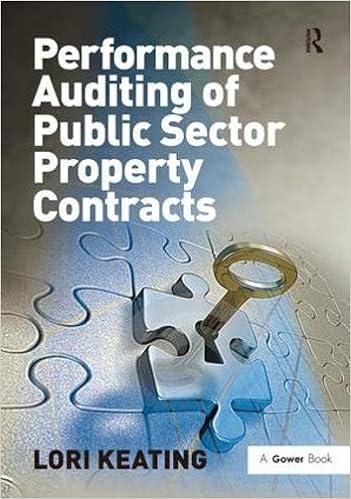Question
Bluebird, Inc., does not provide its employees with any tax-exempt fringe benefits. The company is considering adopting a hospital and medical benefits insurance plan that
Bluebird, Inc., does not provide its employees with any tax-exempt fringe benefits. The company is considering adopting a hospital and medical benefits insurance plan that will cost approximately $9,000 per employee. To adopt this plan, the company may have to reduce salaries and/or lower future salary increases. Bluebird is in the 25% (combined Federal and state rates) bracket. Bluebird is also responsible for matching the Social Security and Medicare taxes withheld on employees' salaries (at the full 7.65% rate). The hospital and medical benefits insurance plan will not be subject to the Social Security and Medicare taxes, and the company is not eligible for the small business credit for health insurance. The employees generally fall into two marginal tax rate (MTR) groups: Income Tax Social Security and Medicare Tax Total Marginal Rate 12% 7.65% 19.65% 24% 1.45% 25.45% The company has asked you to assist in its financial planning for the hospital and medical benefits insurance plan by computing the following: a. How much taxable compensation is the equivalent of $9,000 of exempt compensation for each of the two classes of employees? When required, carry out the computations to four decimal places, but round your final answers to the nearest whole dollar. Low (0.12) High (0.24) Before-tax compensation $fill in the blank 42461efbc070fc0_1 $fill in the blank 42461efbc070fc0_2 Feedback Congress encourages employers to provide employees, retired former employees, and their dependents with accident and health benefits, disability insurance, and long-term care plans. The premiums are deductible by the employer and excluded from the employee's income. b. What is the company's after-tax cost equivalent of $9,000 exempt compensation for each of the two classes of employees? In your computations, round to two decimal places. Round your final answers to the nearest whole dollar. Low (0.12) High (0.24) Employer's after-tax cost of taxable compensation $fill in the blank acd98a025fa0f82_1 $fill in the blank acd98a025fa0f82_2 Feedback Incorrect c. The company's after-tax cost of the exempt compensation is $fill in the blank 8c1a7105507ef93_1. Feedback Incorrect d. What conclusion can be drawn from the preceding analysis? It would cost for Bluebird to provide tax-exempt benefits than it would to provide taxable compensation equivalent to $9,000.
Step by Step Solution
There are 3 Steps involved in it
Step: 1

Get Instant Access to Expert-Tailored Solutions
See step-by-step solutions with expert insights and AI powered tools for academic success
Step: 2

Step: 3

Ace Your Homework with AI
Get the answers you need in no time with our AI-driven, step-by-step assistance
Get Started


